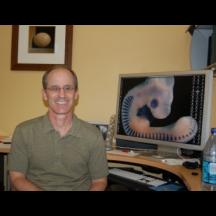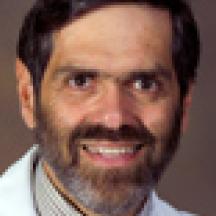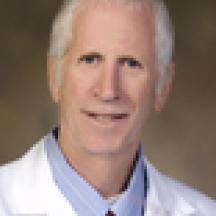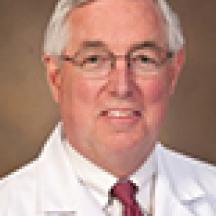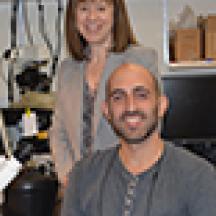News
08/01/2015
The chicken embryo develops similarly to a human embryo, and each contains about 20,000 genes. Researchers around the world are studying where and when these genes are used during embryo development in organisms such as chickens to increase their knowledge of how certain human birth defects, such as congenital heart defects, are set in motion.
07/29/2015
Julia Indik is now a cardiologist specializing in heart rhythm disorders.
07/22/2015
The Journal of the American Medical Association (JAMA) this week published significant findings in two studies noting improved patient outcomes for out-of-hospital cardiac arrest (OHCA) victims, influenced by bystander CPR interventions and the use of automated external defibrillators (AEDs).
07/10/2015
Charles Katzenberg discusses the value of dietitians on your heart care team.
07/09/2015
University of Arizona Sarver Heart Center researchers are seeking community input on a clinical trial that requires qualified patients to be enrolled when they are unconscious and unable to give consent. This study may improve care for all cardiac arrest patients.
07/07/2015
UA researchers have identified the connection between thin-filament length and cardiac function, as well as the role thin-filament length dysregulation plays in cardiomyopathies. The new NIH grant will help to uncover insights into novel therapeutic targets for dilated cardiomyopathy.
06/30/2015
Two University of Arizona researchers are co-authors of a report released that examines current statistics of cardiac arrest in the United States and recommends public health strategies to improve survival rates.


